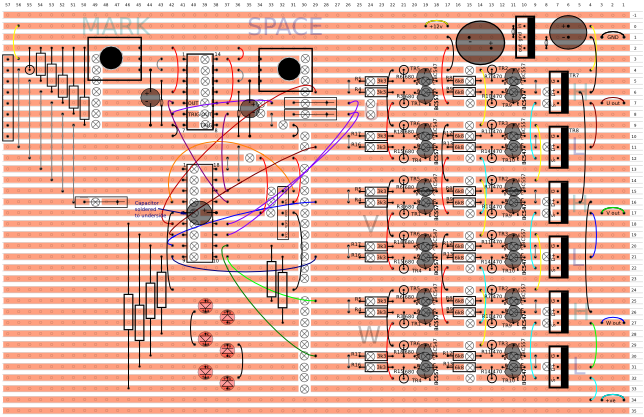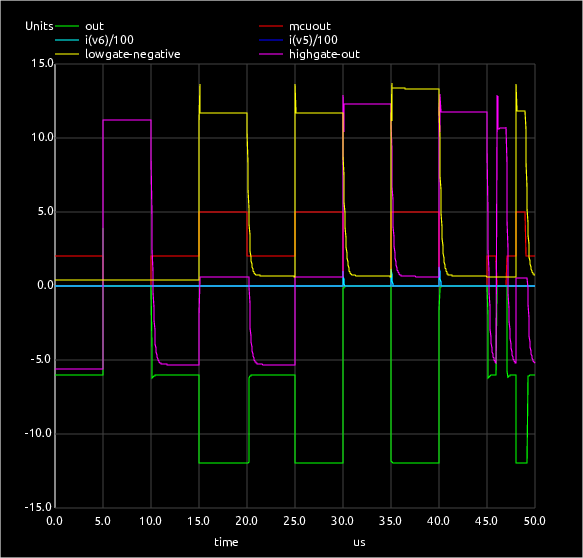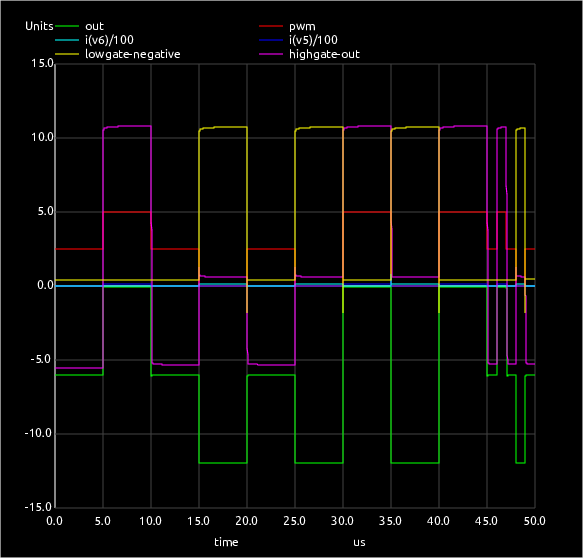Simple Trinary Controller
This is a simple test on a BLDC motor to see trinary software running a real motor using relays to commutate.
Software is here: Trinary Logic Controller
Moving on to a solid state version:
Traces taken from IGBT2 gate, vs MCU1 IO9
0.1sec/div:
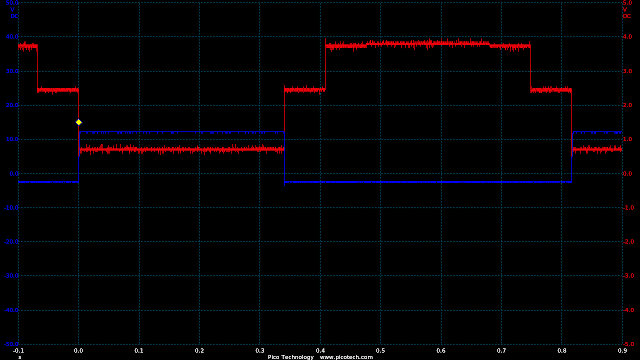
1msec/div:
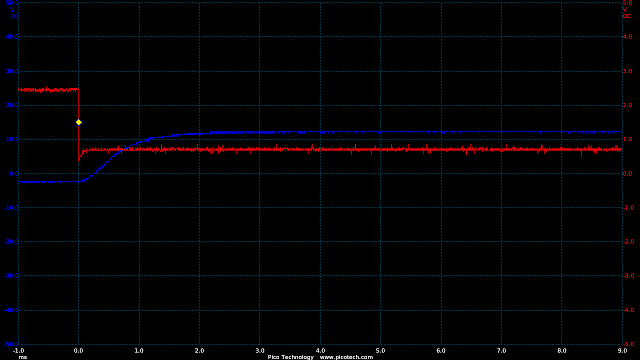
1usec/div:
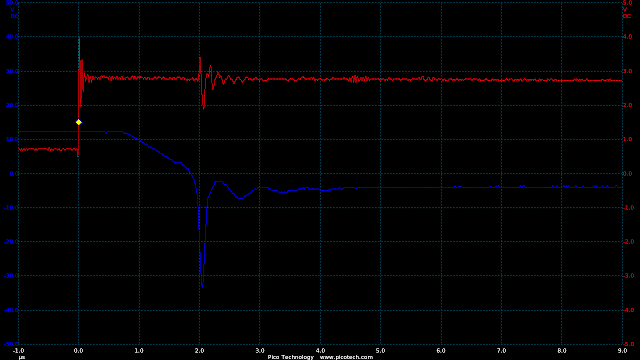
1msec/div:
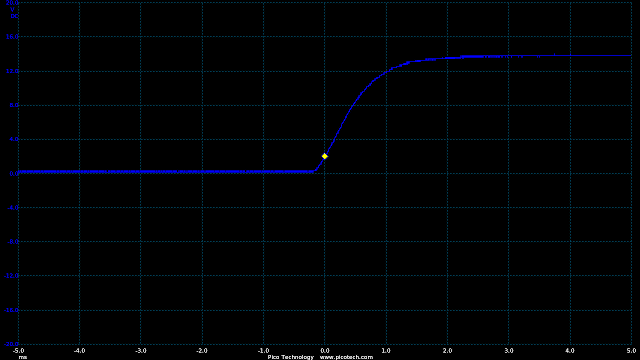
1usec/div:
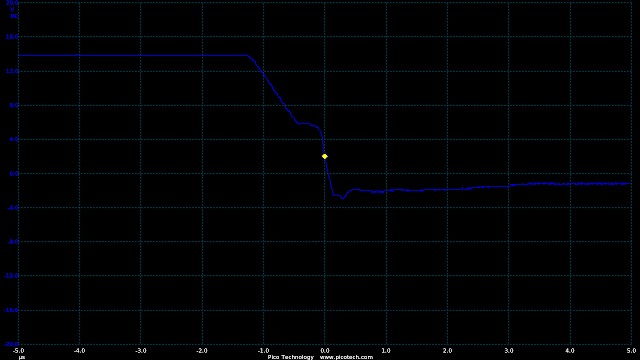
So the fall times (switch off) is fast (1uS), but the rise times (switch on) are very slow at 1,000uS
Improving Switch-On Speed
Part of the problem in this circuit was the slow time of the opto release.
This is improved with a base switch-off resistor (R3/R5) and by switching the base from the supply instead of the collector.
Now we are seeing speeds much closer to the theoretical RC circuit of the 1k charge resistor and gate capacitance.
The 11.5uS is for the time constant of the RC circuit (to ~63%).
10usec/div:
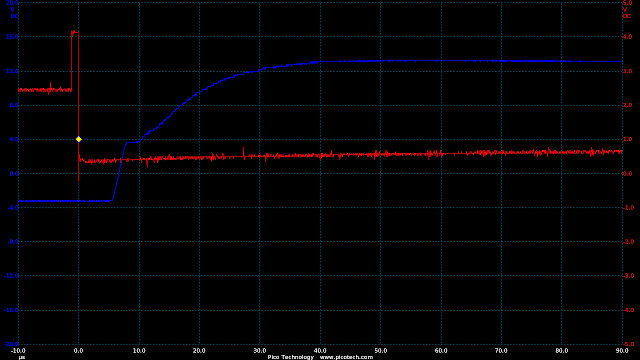
Class D Trinary Amplifier
Here we are (finally) starting the development of the full class D trinary amplifier.The parts of the test extend from the PWM testing done in the Component Testing.
Low-Side Test
This is the test of the low-side circuit
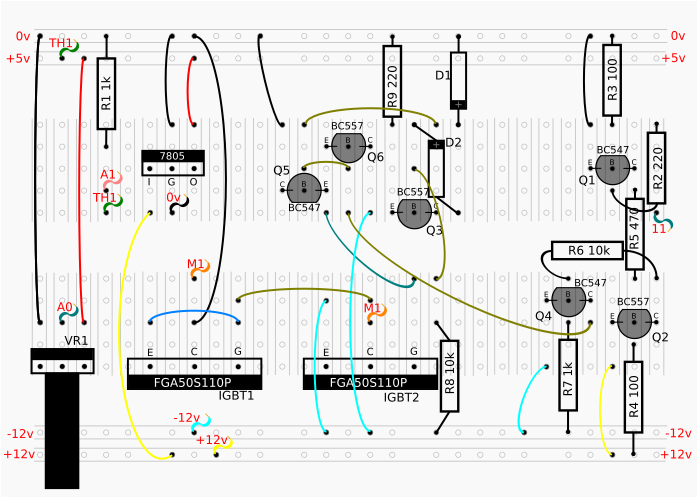
We are just using the ground as the gate driver supply.
The offset supply (in the Spice model) will be separately tested.
High-Side Test
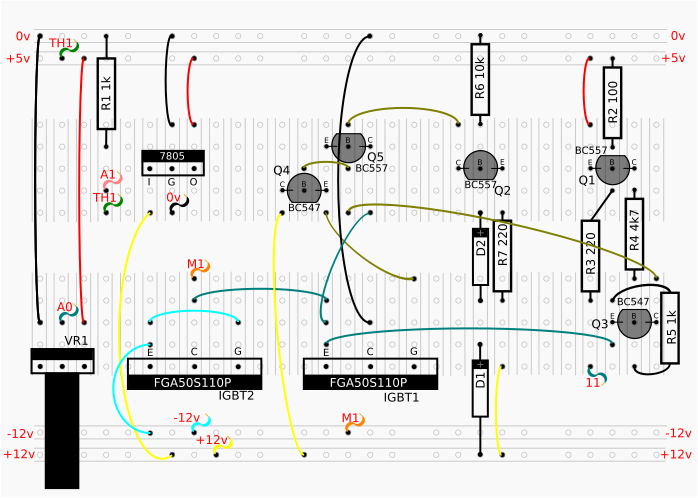
Single Channel Test
This is combining the low-side and high-side into a single trinary class D output.In the full controller there will be 3 channels for the 3 phases.
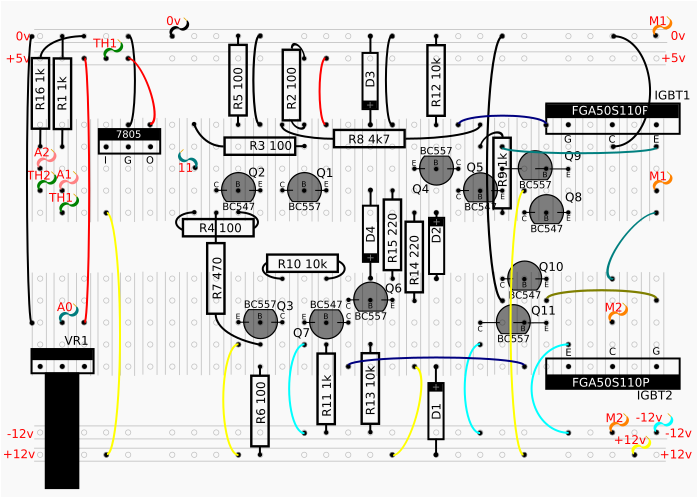
So this is now showing the single output from the Arduino is amplified to the motor and can control the switching of both IGBTs independently.
This is true 3-state trinary amplification of the PWM inputs just as a classic binary PWM output of a class-D audio amplifier.
More importantly this can never suffer from shoot-through as it has does not have the fourth state of both IGBTs on by design.
Thus eradicating the need for complex shoot-through detection and elimination electronics.
Hooking Up To Motor
This was tested on the Tesla model S rear drive unit.Also see here for the MCU software
Driver board only
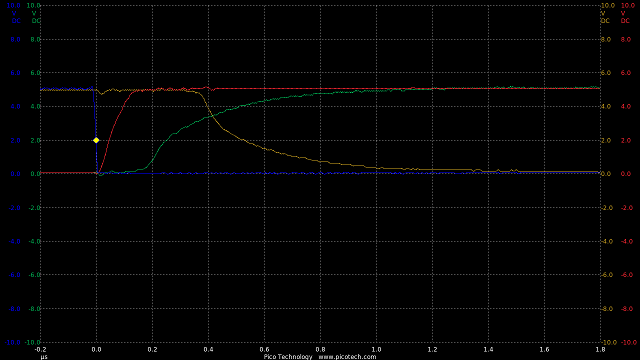
TIME:200nS/div, Blue:TP1(2vDC/div), Red:TP2(2vDC/div), Orange:TP3(2vDC/div), Green:TP4(2vDC/div).
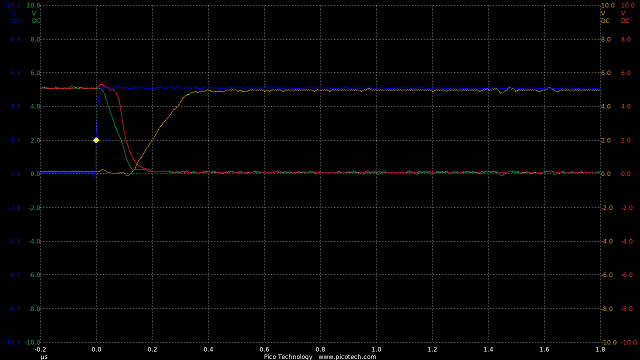
TIME:200nS/div, Blue:TP1(2vDC/div), Red:TP2(2vDC/div), Orange:TP3(2vDC/div), Green:TP4(2vDC/div).
Low power output
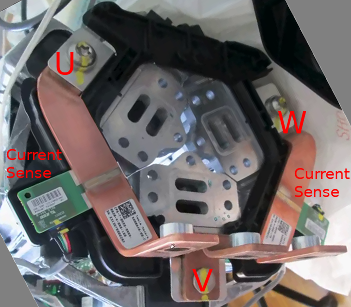
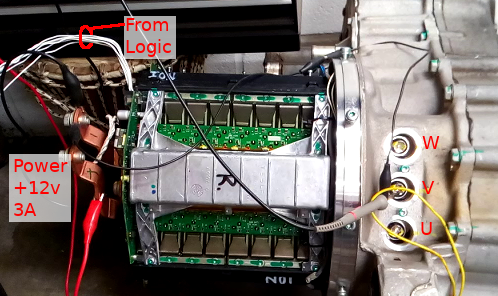
Output switching transition without load (~50nS):
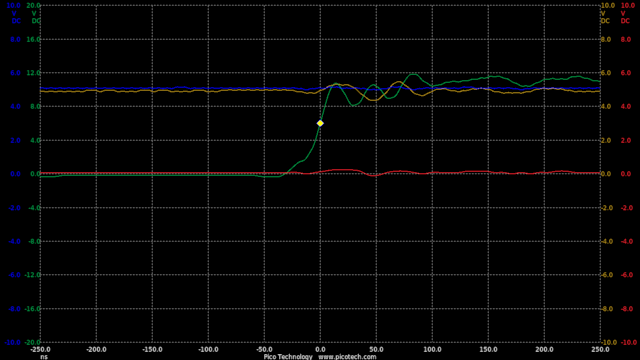
TIME:50nS/div, Blue:TP1(2vDC/div), Green:V-phase(4vDC/div).
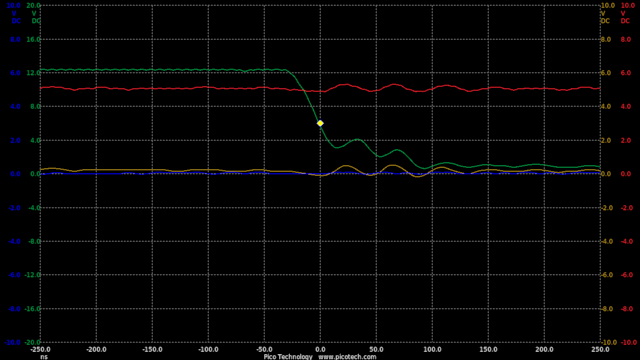
TIME:50nS/div, Blue:TP1(2vDC/div), Green:V-phase(4vDC/div).
Switching delay with a load (2uS max)
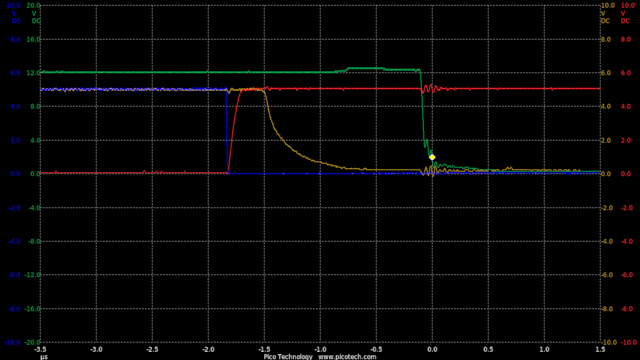
TIME:500nS/div, Blue:TP1(2vDC/div), Green:V-phase(4vDC/div).
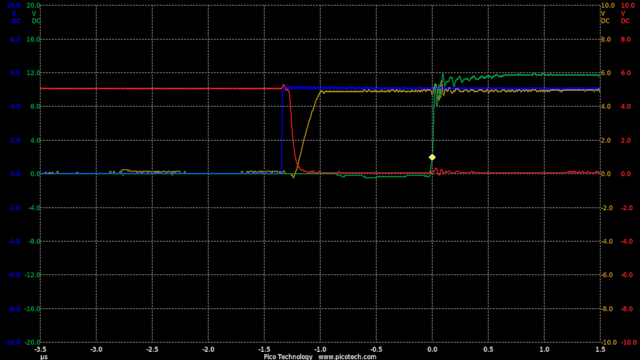
TIME:500nS/div, Blue:TP1(2vDC/div), Green:V-phase(4vDC/div).
Trinary interface input vs output (~3.33kHz 50:50 PWM)
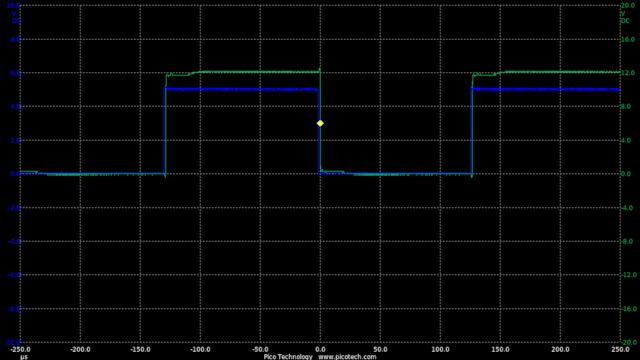
TIME:50uS/div, Blue:TP1(2vDC/div), Green:V-phase(4vDC/div).


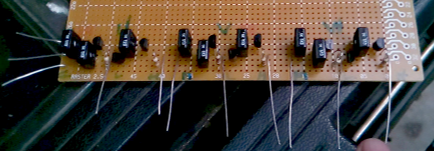
Checking V-phase Motor input (PWM ~4kHz, field rotation ~1kHz)
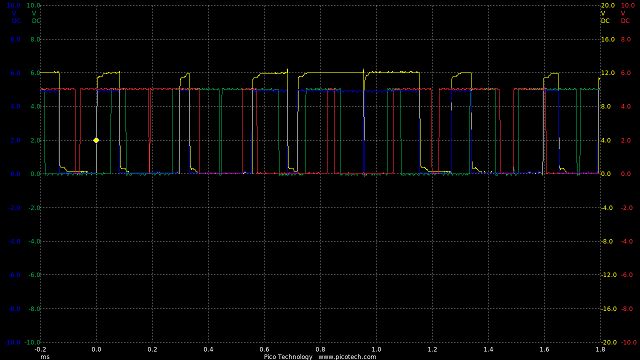
TIME:200uS/div, Blue:MCU V-phase(2vDC/div), Red:MCU W-Phase(2vDC/div), Green:MCU U-Phase(2vDC/div), Yellow: Motor V-phase(4vDC/div).
Adding Schmitt Triggers
7414 Schmitt Trigger inverters are very fast, in the order of 10nS switch times.This is much faster than the BC5x7B circuits so it makes sense to use one as an inverter.
Also having 2 in series provides a good buffered output.
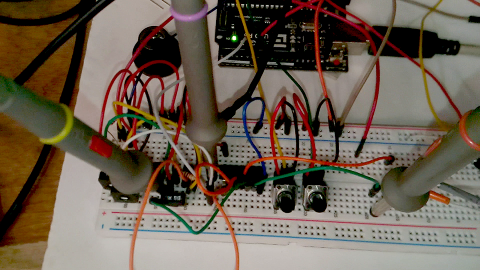
Low Side
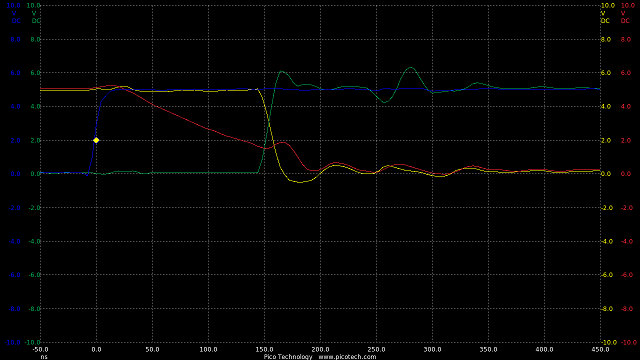
TIME:50nS/div, Blue:TP1(2vDC/div), Red:TP3(2vDC/div), Green:TP5(2vDC/div), Yellow:TP6(2vDC/div).
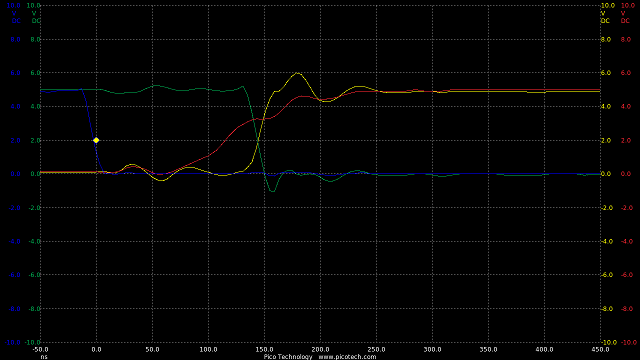
TIME:50nS/div, Blue:TP1(2vDC/div), Red:TP3(2vDC/div), Green:TP5(2vDC/div), Yellow:TP6(2vDC/div).
High Side
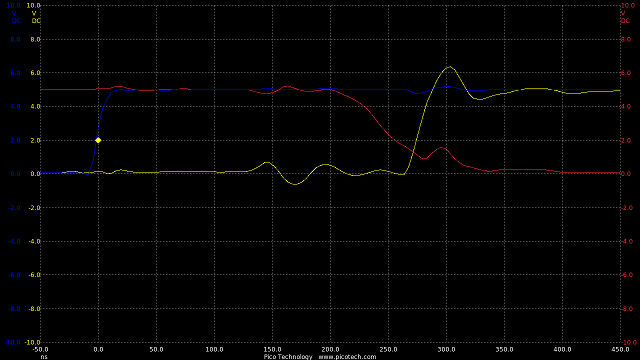
TIME:50nS/div, Blue:TP1(2vDC/div), Red:TP2(2vDC/div), Yellow:TP4(2vDC/div).
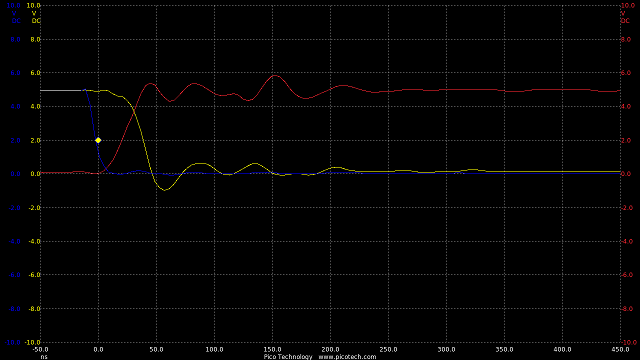
TIME:50nS/div, Blue:TP1(2vDC/div), Red:TP2(2vDC/div), Yellow:TP4(2vDC/div).
Input from MCU vs Inverter Output
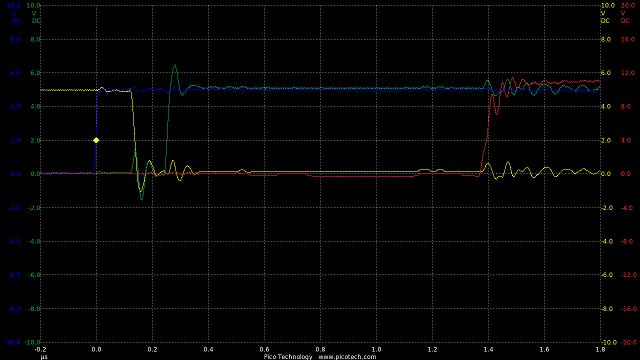
TIME:200nS/div, Blue:TP1(2vDC/div), Red:Motor V-phase(4vDC/div), Green:TP4(2vDC/div), Yellow:TP6(4vDC/div).
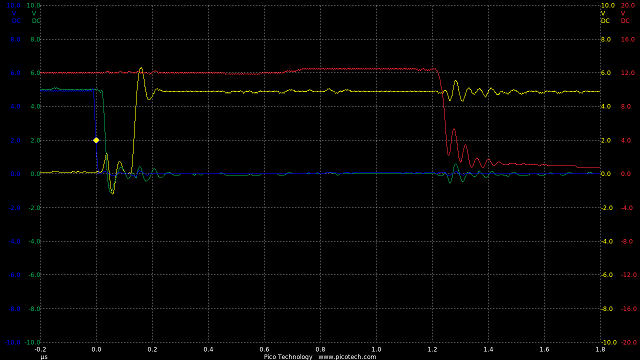
TIME:200nS/div, Blue:TP1(2vDC/div), Red:Motor V-phase(4vDC/div), Green:TP4(2vDC/div), Yellow:TP6(4vDC/div).
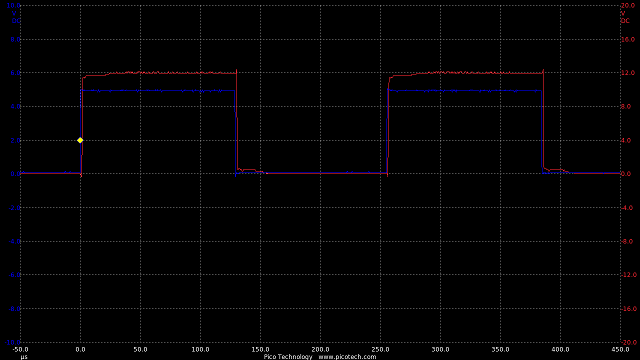
TIME:50uS/div, Blue:TP1(2vDC/div), Red:Motor V-phase(4vDC/div).
Trace showing trinary MCU output converted to 2 binary inputs for the Tesla gate drivers.
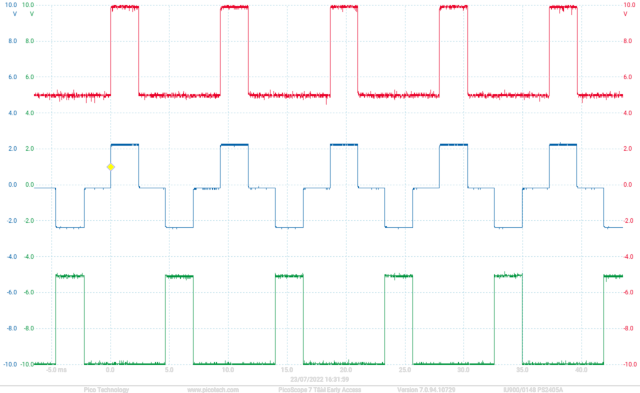
TIME:5mS/div, Blue:Out(2vDC/div), Red:High(2vDC/div), Green:Low(2vDC/div).
Because this is converted in hardware there is no possibility of software glitches causing shoot through.
Logic interface
To create the logic interface between the Arduino and the Tesla driver board a bit of stripboard needs to be laid out.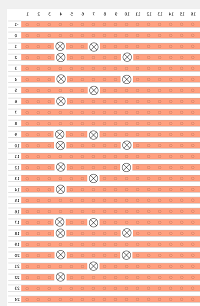
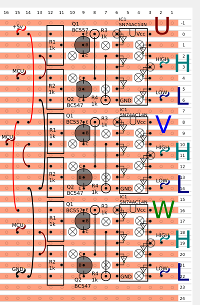
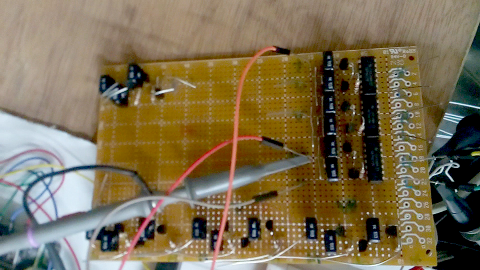
MCU Upgrade to SAM3X (Arduino Due)
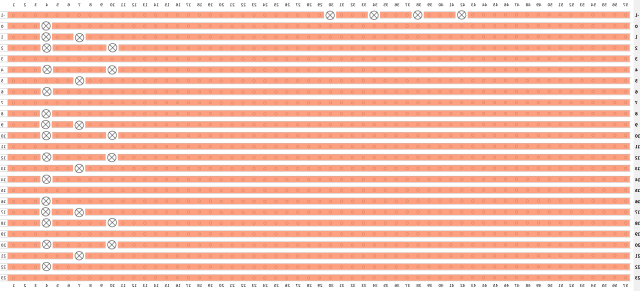
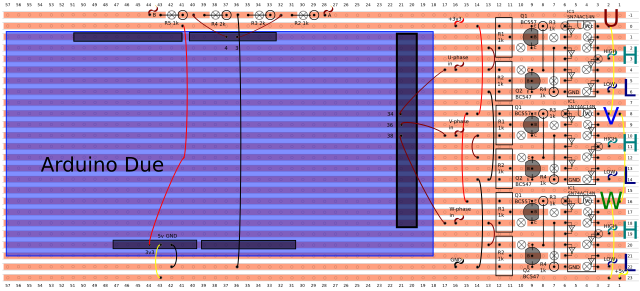
This is being developed as a production system and being tested here
Classical Controller Design
Basic Gate Driver Test
Version using Arduino Due and Current Sensors
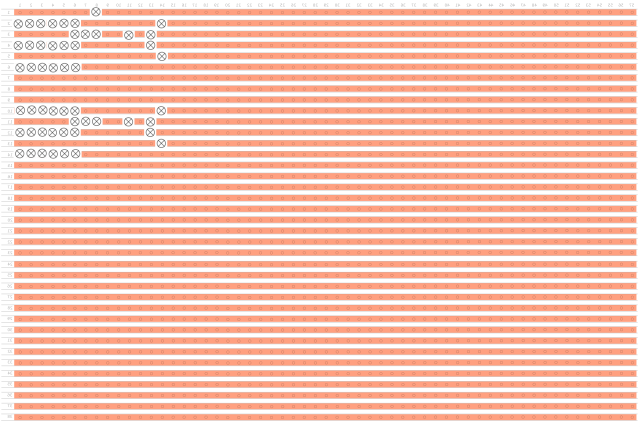
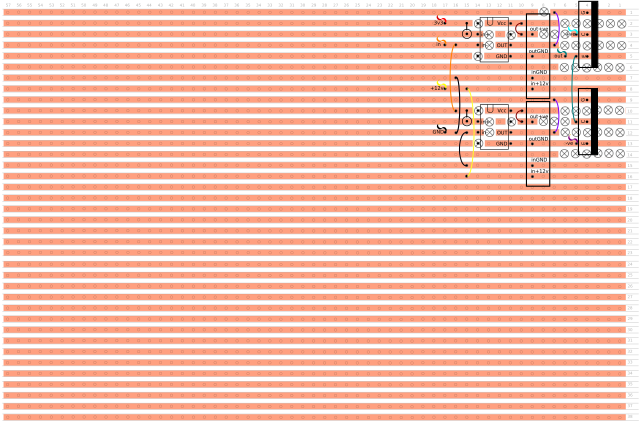
Basic High Power Inverter on a Real Motor
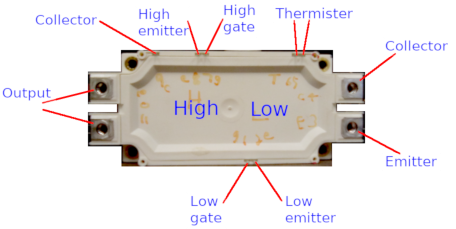
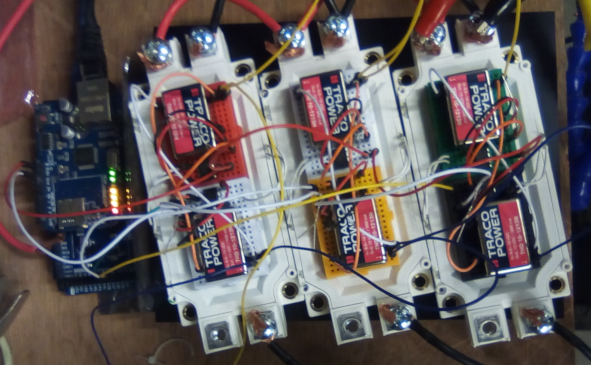
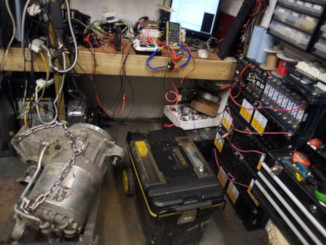
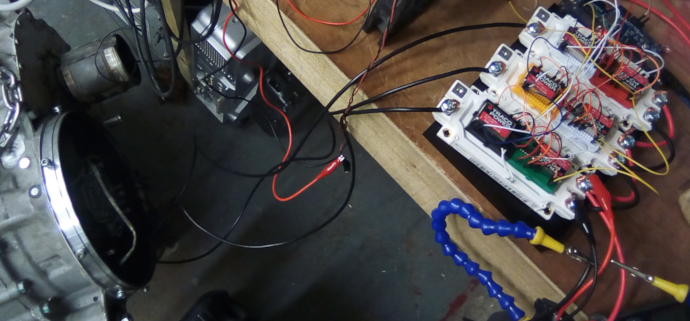
Refining the Inverter
Servo Controlled Steering
To control the steering box a motor was attached and this is going to be controlled by servo.Power is controlled using a H-bridge circuit which is fed with PWM to give propotional control in both directions.
Since the feedback part is not created the motor (MV) is controlled by simply differentiating the control (SP) movement.
This gives something similar to servo control, but without any accuracy.
previous_setpoint := 0
loop:
derivative := (setpoint - previous_setpoint) / dt
output := Kd x derivative
previous_setpoint := setpoint
wait(dt)
goto loop
